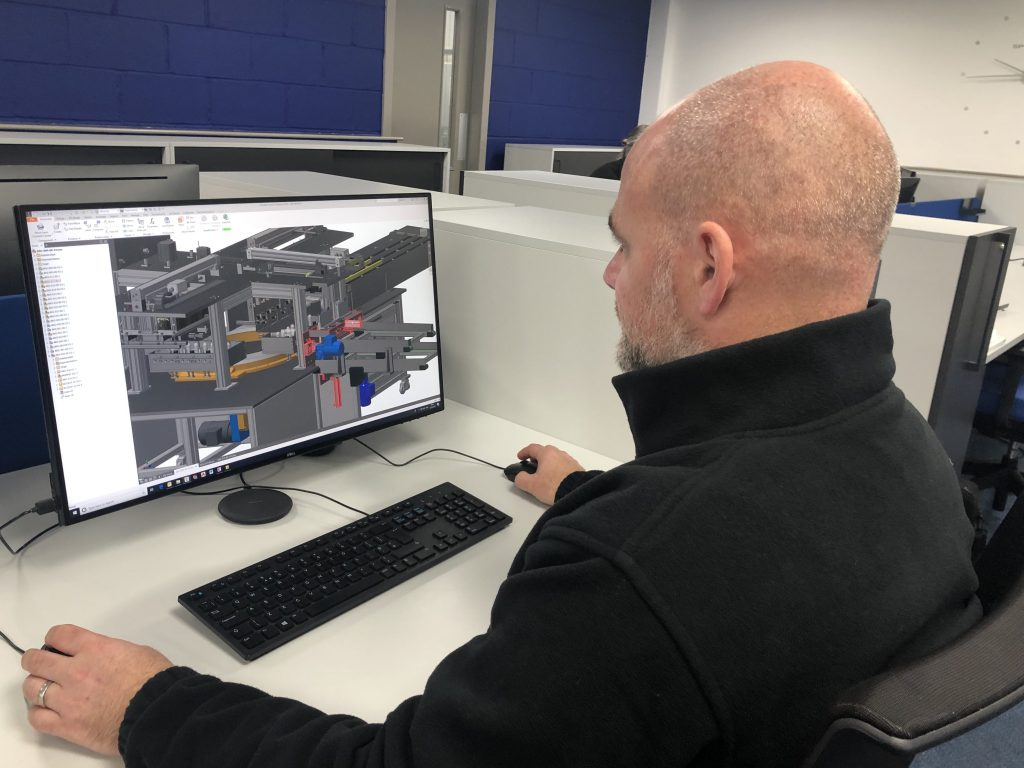The Digitalization of Art
In the age of industrialization, the introduction of new forms of technology and mechanization techniques entered society and impacted and enhanced different disciplines, such as art. This era of industrialization and innovation paved new ways for art to be perceived and valued by society. These developments were made possible through scientific discoveries such as the introduction of moveable type, which impacted the way art could be created, reproduced, and distributed. The introduction of the computer played a crucial role within this era, as well as developments within computer science allowing for new disciplines of art creation to arise. Mechanical/robotic automation, film, and photography became the new forms of artistic expression and popularized art in the digital form.

Art becoming digitalized became a paradigm shift, bringing revolutionary changes in the way art could be interpreted. This digitalization allowed for the mass reproduction and distribution of artistic works. Art in this era could now be viewed by anyone, at any time, as well as be copied and modified with ease. Walter Benjamin’s essay, "The Work of Art in the Age of Mechanical Reproduction," discusses how the ease of redistribution held surprisingly negative effects on society’s perception of art. His argument shares how the authenticity and creative value of art diminish with digital redistribution. The aspect of physical presence is essential to upholding an artwork’s unique value.
Benjamin discusses how digitalization has led society to take artistic expression for granted. Within his examples, he points out how film drives society away from valuing art appropriately, since people’s autonomous nature prevents us from engaging in analysis that physical art requires. Additionally, Dadaism, the extravagant and abstract form of artistic expression introduced within digitalization, led to society’s commercialization of art, and further diminishing the authentic, original value that physical art formerly held.

Benjamin discusses how digitalization has led society to take artistic expression for granted. Within his examples, he points out how film drives society away from valuing art appropriately, since people’s autonomous nature prevents us from engaging in analysis that physical art requires. Additionally, Dadaism, the extravagant and abstract form of artistic expression introduced within digitalization, led to society’s commercialization of art, and further diminishing the authentic, original value that physical art formerly held.
Society’s response to artistic digitalization shows how industrialization and innovation can change people’s perception of authentic value in the realm of art.
Citations
Davis, Douglas. “The Work of Art in the Age of Digital Reproduction (An Evolving Thesis: 1991-1995).” Leonardo, vol. 28, no. 5, 1995, pp. 381–86. JSTOR, https://doi.org/10.2307/1576221.
Vesna, Victoria. “Industrialization, Robotics, Kinetic/Robotic Art.” Bruinlearn. https://bruinlearn.ucla.edu/courses/183769/pages/unit-3-view?module_item_id=6671238. Accessed 18 Apr. 2024.
Vesna, Victoria. “Robotics part 2.” Bruinlearn. https://bruinlearn.ucla.edu/courses/183769/pages/unit-3-view?module_item_id=6671238. Accessed 18 Apr. 2024.
Vesna, Victoria “Robotics part 3” Bruinlearn.
https://bruinlearn.ucla.edu/courses/183769/pages/unit-3-view?module_item_id=6671238. Accessed 18 Apr. 2024
Benjamin, Walter. “The Work of Art in the Age of Mechanical Reproduction.” 1936.
Images
Comments
Post a Comment